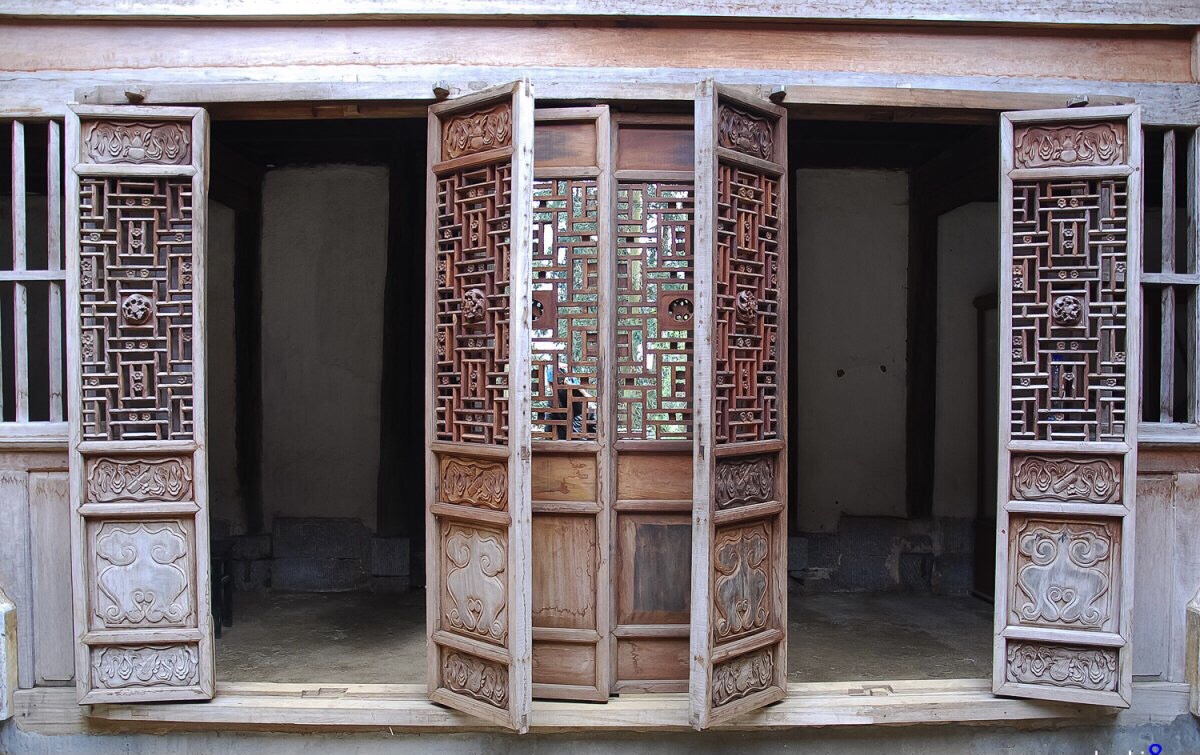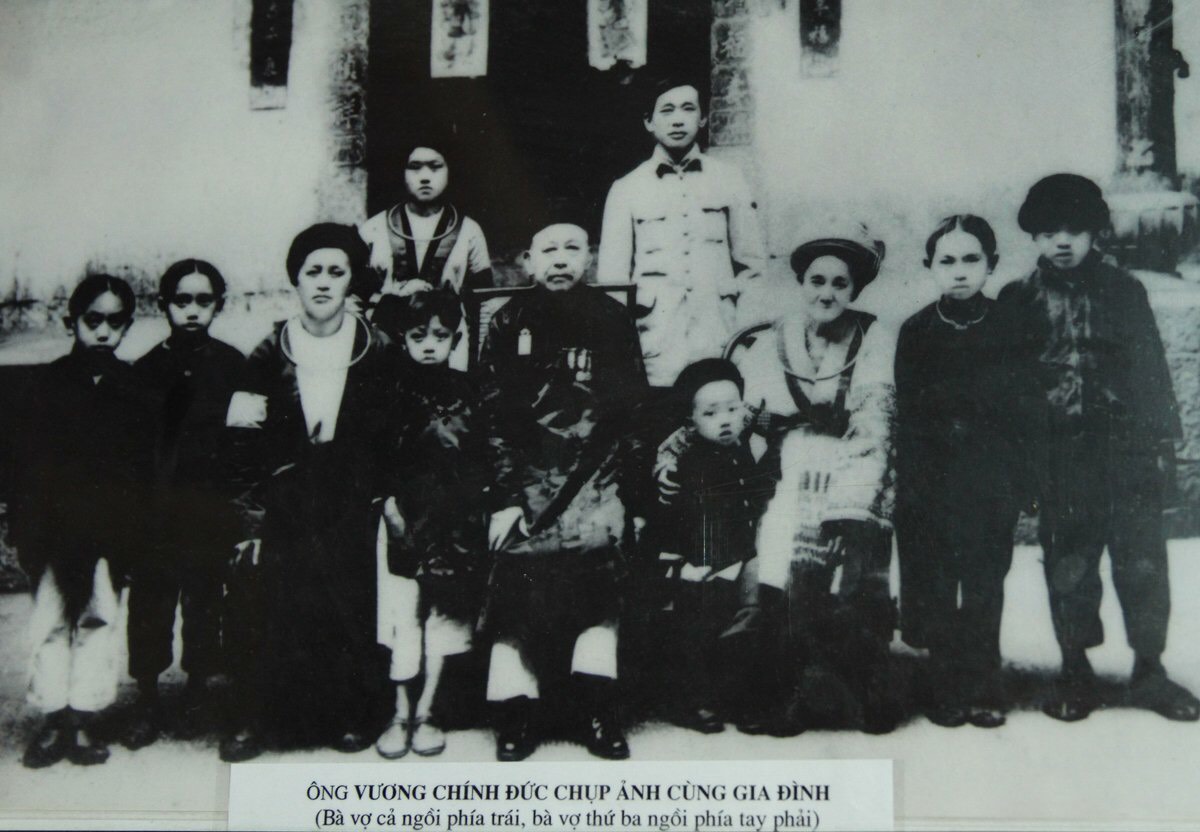
In the heart of the valley of Sa Phin commune, Dong Van district, Ha Giang province, lies the Hmong king’s palace where the Vuong family lived. More than 100 years old, this ancient structure is remarkable for its architecture and history. During your stay in Ha Giang, don’t forget to visit this palace.

The palace was built during the reign of Vuong Chinh Duc. His name in Hmong was Vàng Dung Lung. Vuong Chinh Duc participated in the local Hmong resistance against the Chinese invaders. Later, he proclaimed himself “King of the Meo” or “King of the Hmong” and ruled four districts Quan Ba, Yen Minh, Meo Vac and Dong Van.

In 1898, Vuong Chinh Duc had his palace built which was completed in 1903 and cost 15,000 piasters. The construction took eight years with a good number of talented craftsmen, some from China and many local workers. The palace reflects a combination of traditional Chinese, Hmong and French architecture.

In preparation for the construction of this sumptuous palace, Vuong Chinh Duc went to China to ask a geomancer to choose a good location. He decided on the site of Sa Phin. The chosen plot of land was shaped like a turtle shell. In the front, the two mountains in the shape of a plateau suggested a prosperous life. At the back, the arched mountain range seemed to cover and protect the site. It was a sign that the descendants of the Vuong family would become rich if they lived there.

On a plot of almost 3000 m2, the palace was built like a fortress, surrounded by carved stone walls 2m high and 60-70 cm thick.

The entire palace consists of three compartments with 64 rooms that can accommodate 100 people. The front compartment was reserved for servants and guards. The central and rear compartments were reserved for King Vuong Chinh Duc, his two wives and his children.

Inside, there are precious woods and a roof covered with yin-yang tiles arranged harmoniously. And everywhere, whether on stone or wood, carvings of dragons, phoenixes, bats…symbolizing the prosperity and longevity of a high-ranking family.

The palace remains largely intact, except for the wooden floor system, which was destroyed during the war because it was suspected that a treasure was buried under the house.

Over the years, the palace has withstood the test of time and has become a cultural and historical heritage of great value. In 1993, it was recognized as a national artistic architectural monument.
You might also like:
















































